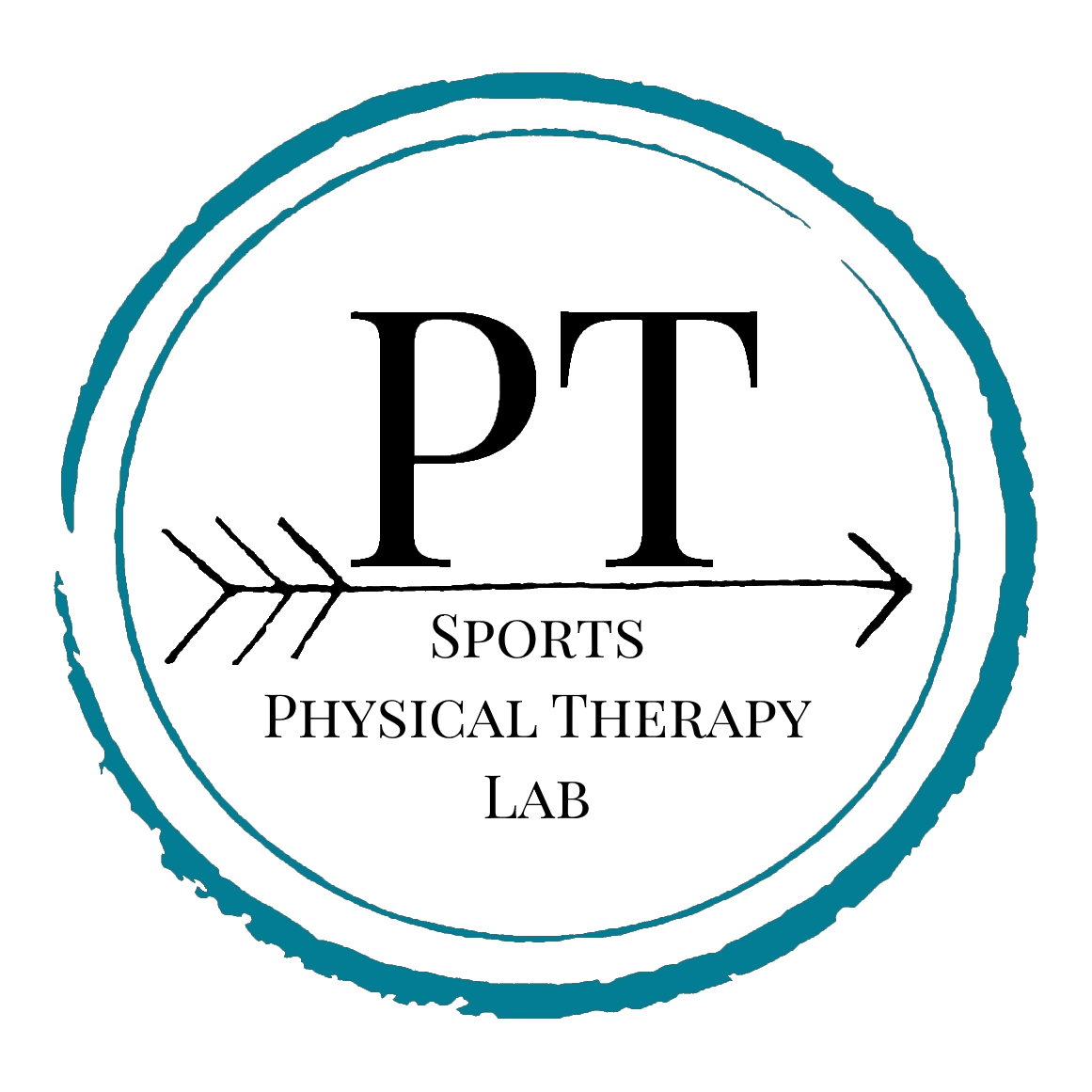Creaky hinge: is your faulty movement holding you back from your next PR?
The body is an efficient system that works intricately together to achieve the movements that we perform every day. Your body develops patterns to be successful at these movements. However, what happens when we unknowingly develop patterns that are detrimental? We set ourselves up for failures later on down the road.
This happens more often than you would think! Injuries don’t always happen overnight, but they are the slow creep of poor movement patterns leading to an eventual “snap” in the system. I’ve had it described to me before that our body is a network, similar to a volleyball net. When one side of the net is pulled, the squares deform and stress other parts of the net. The net is not able to perform as it was designed and neither are our bodies. We can adapt to sustained pressures remarkably well, but it does affect the system long term.
For example, athletes that have a dominant side tend to default to their posture of strength. Athletes that play a sport like lacrosse or field hockey develop rotational strength, in accordance with how they hold the stick. Similarly, pitchers develop patterns around their pitching arm to develop force for high speed. When you utilize the dominant side more frequently, it builds strength, automatic and reflexive motor patterning, and creates an imbalance in the overall system. For example, as a Physical Therapist, I found that one side of my body was more efficient at treating patients than the other. No matter what side of the table I stood on, I would turn my body to benefit my dominant side. I found myself doing this over and over again. After 9 years of practicing Physical Therapy, it started to create pelvic mal-alignment, strength imbalances in the core, hips, shoulders, and eventually led to a breakdown in my hip (which I have thankfully recovered from, but not without outside help!).
There is hope! The key to break out of this cycle is to pin down the defaults, the imbalances, and the repetitive movement patterns. Once you determine all the pieces of the puzzle you can begin the process of putting the body back together again. When pieces of the puzzle are missing, you may be unknowingly sabotaging your success. Train into your areas of weakness to bring balance back to the system. When you have all the information, it is easier to achieve a long term solution.
My advice to you would be to identify repetitive movements that you perform on a daily basis. Do you spend long hours in your car or at a desk? Do you play a sport that utilizes one side more than the other such as field hockey, lacrosse, or baseball? Counteracting things like slouching at your desk all day long prevents a whole host of neck, shoulder, and back injuries down the road. You can implement a standing workstation to limit the amount of sitting or get up and take frequent breaks. If you play a sport, make sure you train your non-dominant side. I would suggest to focus on building your core muscles which will create rotational stability and power in the system to support the your extremities during play. It may just give you a secret weapon in the game, as you outplay your opponent because you’ve changed weaknesses into your strength!
If you are unsure of which areas need strengthening, find someone who specializes in movement in your area who can analyze and address each area systematically. Prevention is much easier than backtracking after an injury. Tackling things early on allows them to be addressed quickly. It will save you from being sidelined due to an injury down the road and improve performance in the activities you love!
